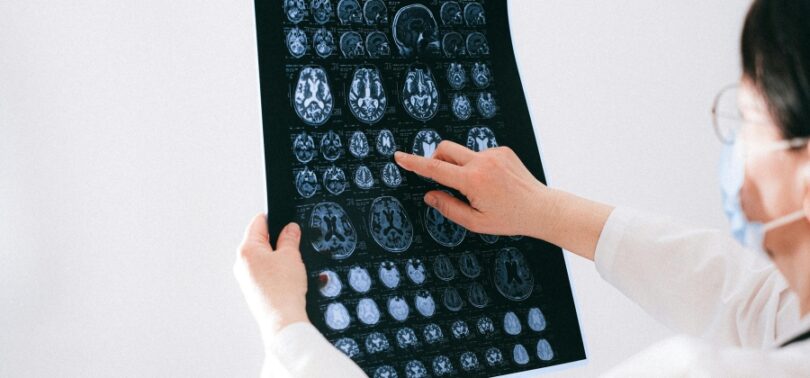Imagine a world where doctors can detect diseases before symptoms even appear. Thanks to the power of predictive analytics, this is becoming a reality. By analyzing vast amounts of data, predictive analytics is revolutionizing healthcare, enabling early disease detection, and saving lives.
How Does Predictive Analytics Work?
Predictive analytics uses sophisticated algorithms and machine learning to sift through extensive data sets. In healthcare, this involves examining patient records, genetic data, and lifestyle factors. The power of predictive analytics lies in its ability to identify patterns and predict future health risks with remarkable accuracy.
The Impact on Early Disease Detection
The most compelling advantage of predictive analytics is its role in early disease detection. By recognizing risk factors and subtle changes in health data, predictive models can alert healthcare providers to potential issues long before symptoms develop. This early warning system is crucial for diseases like diabetes, heart disease, and cancer, where early intervention can significantly improve outcomes.
Real-World Success Stories
The power of predictive analytics is evident in numerous success stories. Hospitals employing predictive models have dramatically reduced readmission rates by identifying high-risk patients and providing targeted care. In oncology, predictive analytics is helping detect cancer at an earlier, more treatable stage, leading to higher survival rates. These examples underscore how predictive analytics is transforming patient care and saving lives.
Beyond Early Detection: Broader Benefits
Predictive analytics offers benefits that go beyond early disease detection. It enables personalized treatment plans, optimizes resource allocation, and enhances overall care quality. Additionally, predictive analytics plays a crucial role in public health by identifying trends and aiding in the management of infectious diseases and epidemics.
Overcoming Challenges
Despite its promise, the adoption of predictive analytics faces challenges. Data privacy concerns, the need for high-quality data, and integrating predictive tools into clinical workflows are significant hurdles. However, ongoing advancements in technology and increasing awareness of its benefits are helping to overcome these obstacles. The future of healthcare will increasingly depend on the power of predictive analytics to drive innovation and improve patient outcomes.
In conclusion, the power of predictive analytics in early disease detection is transforming healthcare. By enabling earlier interventions, personalizing treatments, and optimizing resources, predictive analytics is enhancing patient outcomes and shaping the future of medicine. Embracing this technology is crucial for healthcare providers aiming to deliver proactive and efficient care.


